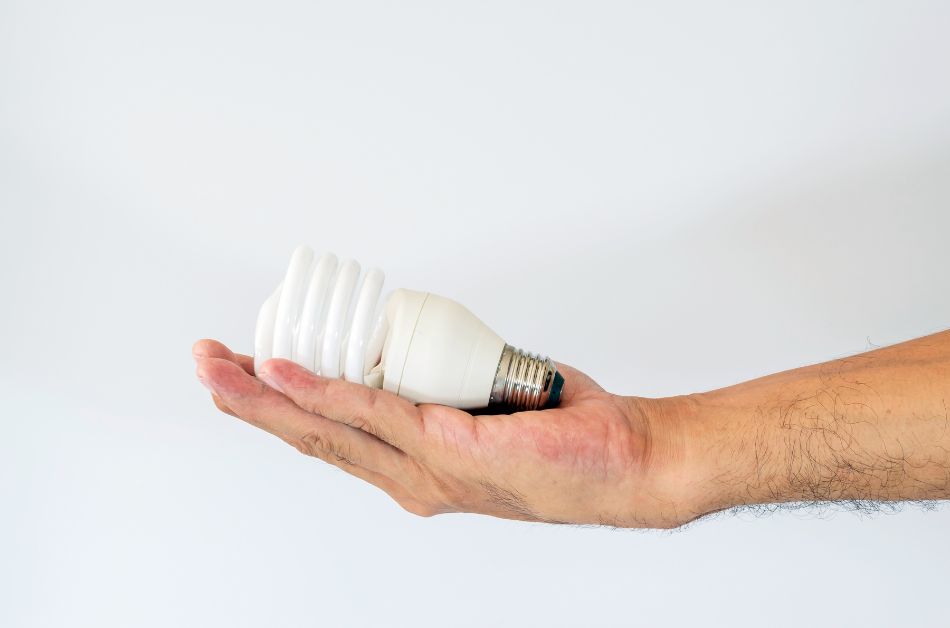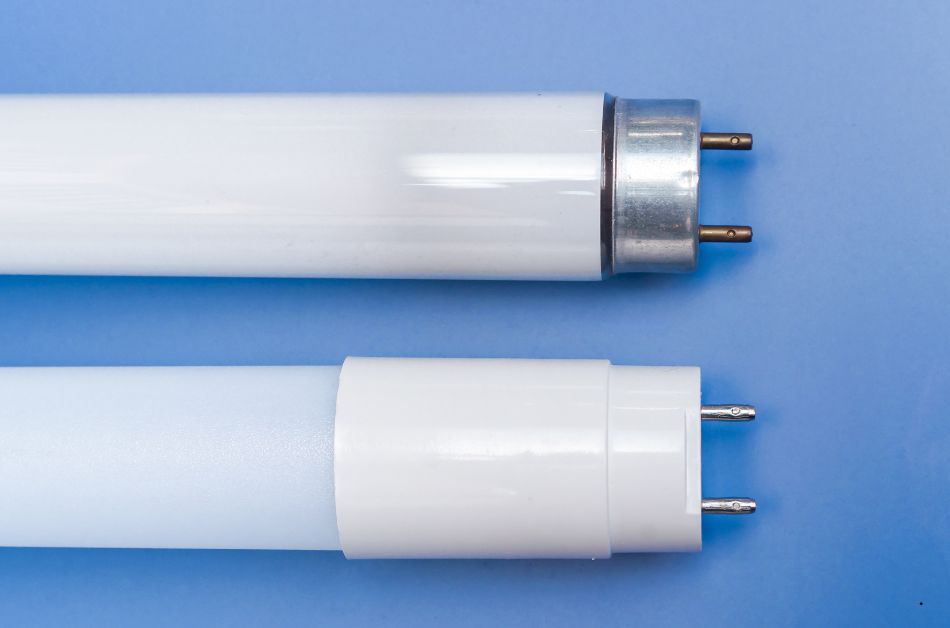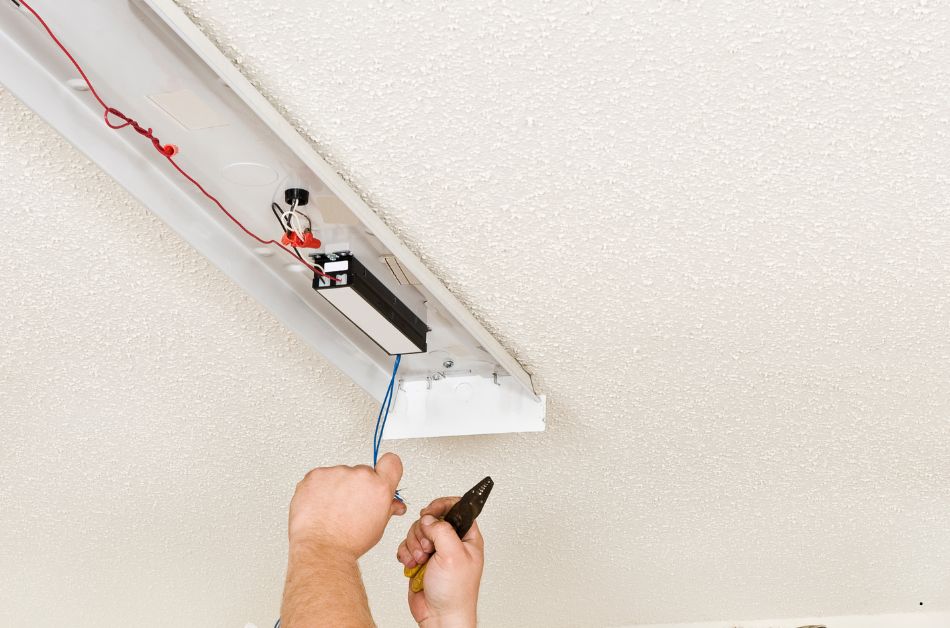Fluorescent light bulbs are a common lighting option used in many homes and businesses. They are more energy-efficient and longer-lasting compared to traditional incandescent bulbs. However, when it comes to disposal, fluorescent bulbs require special handling due to the presence of mercury. Proper disposal of fluorescent light bulbs is crucial to protect the environment and prevent mercury contamination.
In this blog post, we will discuss the guidelines for disposing of fluorescent light bulbs safely and provide alternative options to consider. We will also cover the importance of proper disposal and offer tips for handling broken bulbs safely.
Why proper disposal is important?
Proper disposal of fluorescent light bulbs is important for several reasons:
- Environmental protection: Fluorescent bulbs contain small amounts of mercury, which is a toxic substance. If not disposed of correctly, mercury can contaminate the environment, including soil and water sources. This contamination can harm wildlife and ecosystems.
- Human health: Mercury exposure can have adverse effects on human health, especially if individuals come into direct contact with broken bulbs or inhale mercury vapor. Long-term exposure to mercury can lead to neurological and developmental issues.
- Legal requirements: Many jurisdictions have regulations in place regarding the disposal of fluorescent bulbs. Failure to comply with these regulations can result in fines or penalties.
Guidelines for disposing of fluorescent light bulbs
Follow these guidelines to ensure proper disposal of fluorescent light bulbs:
- Check local regulations: Before disposing of fluorescent bulbs, check the regulations specific to your area. Some regions have designated collection centers or specific instructions for bulb disposal.
- Handle with care: Always handle fluorescent bulbs with care to avoid breakage. Avoid twisting the bulb during installation or removal. Instead, gently insert or remove the bulb straight into the socket.
- Use protective packaging: When transporting used fluorescent bulbs, make sure to use protective packaging to prevent breakage. Consider using a sturdy box or a specially designed bulb recycling container.
- Do not place in regular trash: Do not throw fluorescent bulbs in the regular trash. They should not be disposed of in landfills due to their mercury content.
- Look for recycling options: Look for recycling programs or facilities in your area that accept fluorescent bulbs. These programs ensure that the bulbs are properly recycled, and the mercury is safely extracted.
- Contact local retailers: Some retailers may have bulb recycling programs in place. Check with local hardware stores, home improvement centers, or lighting retailers to see if they accept used fluorescent bulbs.
- Take advantage of collection events: Many communities organize collection events for hazardous waste, including fluorescent bulbs. Keep an eye out for such events in your area.
- Consider mail-back programs: Mail-back programs provide a convenient option for disposing of fluorescent bulbs. These programs allow you to mail your used bulbs to a recycling facility.
- Seek professional help for large quantities: If you have a large number of fluorescent bulbs to dispose of, consider contacting a professional hazardous waste disposal company. They have the expertise and resources to handle large-scale disposal.
Safe Disposal Methods:
Here are some safe disposal methods for fluorescent light bulbs:
1. Recycling
Recycling is the most environmentally friendly way to dispose of fluorescent bulbs. It ensures that mercury is properly extracted and the other components of the bulb are recycled.
2. Drop-off at collection centers
Many communities have designated collection centers where you can drop off your used fluorescent bulbs. These centers ensure that the bulbs are safely handled and sent for recycling.
3. Retailer programs
As mentioned earlier, some retailers have bulb recycling programs in place. They may accept used fluorescent bulbs at their stores for proper disposal.
4. Mail-back programs
Mail-back programs allow you to package and mail your used fluorescent bulbs to a recycling facility. This option is convenient if you don’t have access to local recycling programs or collection centers.
5. Professional disposal services:
If you have a large quantity of fluorescent bulbs or need assistance with safe disposal, consider hiring a professional hazardous waste disposal service. They have the expertise and resources to handle the process safely and efficiently.
Tips for handling broken bulbs safely
Accidents happen, and sometimes fluorescent bulbs may break. Follow these tips for handling broken bulbs safely:
- Ventilate the area: If a bulb breaks, open windows and doors to ventilate the area. This helps to reduce the concentration of mercury vapor.
- Avoid direct contact: Do not touch broken glass or the mercury-containing powder inside the bulb with bare hands. Use gloves or a plastic bag to carefully pick up the broken pieces.
- Use a damp cloth or sticky tape: Use a damp cloth or sticky tape to carefully pick up any remaining glass or powder. This helps to minimize the spread of mercury.
- Place broken pieces in a sealed container: Place all the broken pieces, as well as the cloth or tape used for cleaning, in a sealed container. This prevents further contamination and ensures safe disposal.
- Follow disposal guidelines: Dispose of the sealed container with the broken pieces according to the guidelines provided earlier. Do not place it in regular trash.
- Clean the area thoroughly: After safely disposing of the broken bulb, clean the area with a damp cloth or paper towel. Dispose of the cleaning materials according to the disposal guidelines as well.
Alternatives to fluorescent light bulbs
If you’re looking for alternatives to fluorescent light bulbs, consider the following options:
LED bulbs: LED bulbs are highly energy-efficient and have a longer lifespan than fluorescent bulbs. They are available in various colors and brightness levels, making them a versatile lighting option.
Halogen bulbs: Halogen bulbs are similar to traditional incandescent bulbs but are more energy-efficient. They provide a warm, white light and are suitable for use in many fixtures.
Compact fluorescent lamps (CFLs): CFLs are a type of fluorescent bulb that is more energy-efficient and compact in size compared to traditional fluorescent bulbs. They are a good transitional option for those looking to switch from incandescent bulbs.
Natural light: Consider maximizing natural light in your space by utilizing windows, skylights, or light tubes. This can reduce the need for artificial lighting during daylight hours.
Task lighting: Instead of relying solely on overhead lighting, consider using task lights for specific activities. This allows you to illuminate only the areas where light is needed, reducing energy consumption.
Daylight simulation bulbs: Daylight simulation bulbs mimic the color temperature and intensity of natural daylight. They can create a bright and energizing atmosphere in your space.
Evaluate your lighting needs and preferences to determine the best alternative to fluorescent light bulbs for your specific situation.
FAQs (Frequently Asked Questions)
Q: Can I throw fluorescent bulbs in the regular trash?
A: No, fluorescent bulbs should not be thrown in the regular trash. They contain mercury, which is harmful to the environment and human health. Proper disposal through recycling or designated collection centers is necessary.
Q: How do I know if a bulb is a fluorescent bulb?
A: Fluorescent bulbs are typically tubular in shape and have a coating on the inside. They produce light through the excitation of phosphors by ultraviolet energy emitted from mercury vapor.
Q: Are there any risks associated with handling fluorescent bulbs?
A: There are minimal risks associated with handling intact fluorescent bulbs. However, broken bulbs can release mercury vapor, which can be harmful if inhaled or if it comes into contact with the skin. It is important to follow proper handling and disposal procedures.
Q: Can I recycle fluorescent bulbs myself?
A: It is generally recommended to utilize recycling programs or facilities for fluorescent bulb recycling. These programs have the necessary equipment and processes to handle the bulbs safely and extract mercury effectively.
Q: Are there any incentives for recycling fluorescent bulbs?
A: Some areas may offer incentives or discounts for recycling fluorescent bulbs. Check with local recycling programs or retailers to see if any incentives are available in your area.
Proper disposal of fluorescent light bulbs is essential to protect the environment and human health. By following the guidelines for disposal, you can ensure that mercury is safely extracted and the other components of the bulbs are recycled. Remember to handle broken bulbs with care and use safe disposal methods to minimize the risks associated with mercury exposure.
Consider exploring alternative lighting options such as LED bulbs or halogen bulbs to reduce energy consumption and environmental impact. By making informed choices and taking the necessary steps for proper disposal, we can all contribute to a healthier and more sustainable future.



